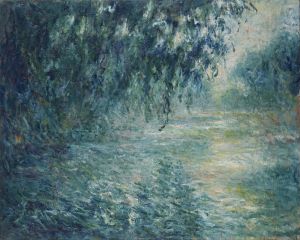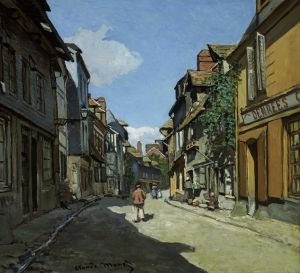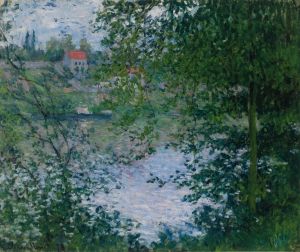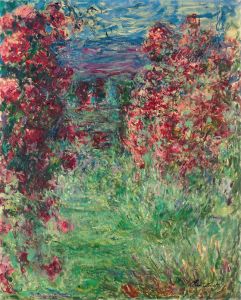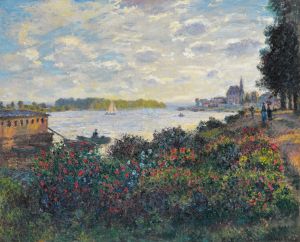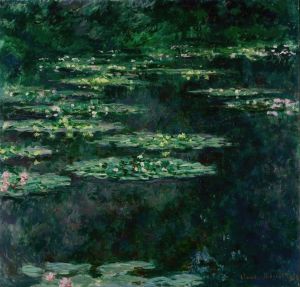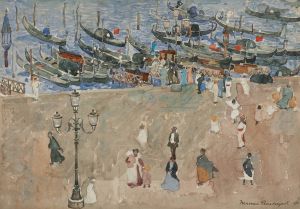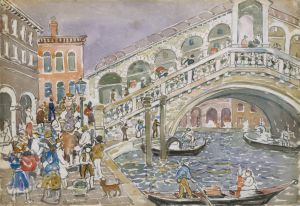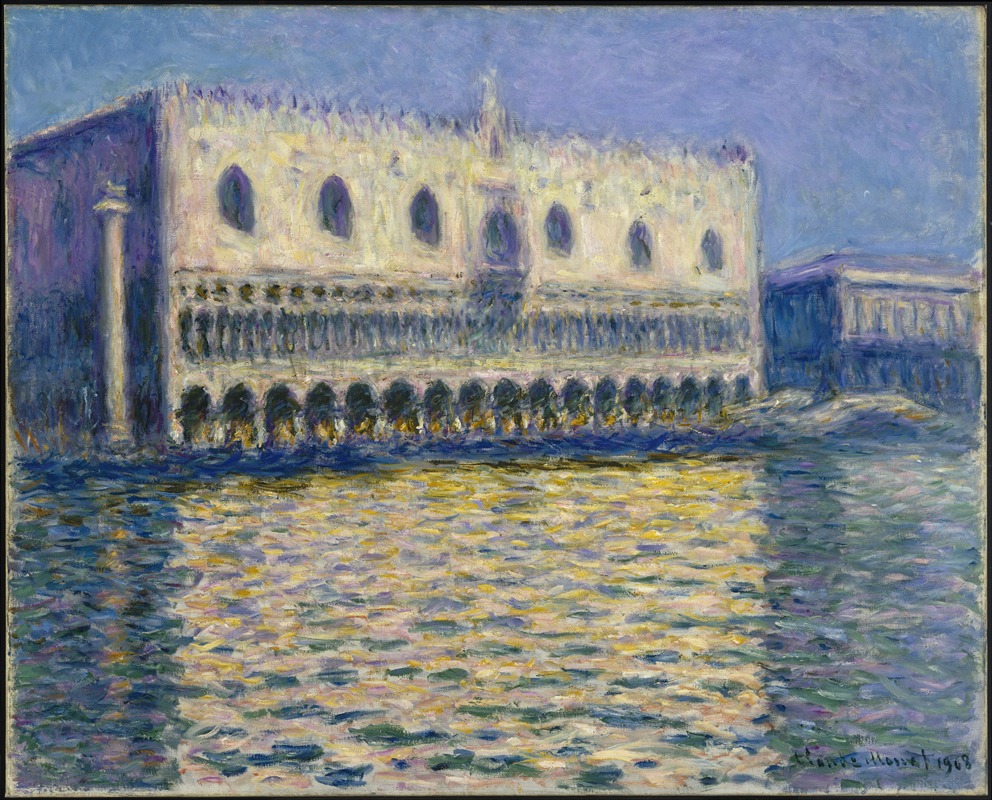
The Doges Palace
A hand-painted replica of Claude Monet’s masterpiece The Doges Palace, meticulously crafted by professional artists to capture the true essence of the original. Each piece is created with museum-quality canvas and rare mineral pigments, carefully painted by experienced artists with delicate brushstrokes and rich, layered colors to perfectly recreate the texture of the original artwork. Unlike machine-printed reproductions, this hand-painted version brings the painting to life, infused with the artist’s emotions and skill in every stroke. Whether for personal collection or home decoration, it instantly elevates the artistic atmosphere of any space.
Claude Monet, a leading figure in the Impressionist movement, painted "The Doge's Palace" during his visit to Venice in 1908. This painting is part of a series Monet created during his time in the city, capturing the unique light and atmosphere of Venice. Monet's trip to Venice was one of his last major journeys and resulted in a body of work that is celebrated for its vibrant color and masterful depiction of light.
"The Doge's Palace" is a quintessential example of Monet's ability to convey the interplay of light and architecture. The painting depicts the iconic Gothic-style palace, which is one of Venice's most famous landmarks. Monet was particularly fascinated by the way the sunlight interacted with the building's intricate façade and the surrounding water of the Grand Canal. This fascination is evident in the painting's luminous quality and the way Monet captures the reflections and shimmering effects of light on water.
Monet's technique in "The Doge's Palace" involves loose brushwork and a focus on color over detail, which is characteristic of the Impressionist style. The painting features a palette dominated by soft blues, pinks, and purples, which Monet used to convey the atmospheric conditions of Venice. The use of these colors helps to create a sense of harmony and tranquility, inviting viewers to experience the serene beauty of the scene.
During his stay in Venice, Monet produced around 37 canvases, focusing on various aspects of the city, including its canals, architecture, and the ever-changing light. "The Doge's Palace" stands out among these works for its composition and the way it captures the grandeur and elegance of the historic building. Monet's Venice paintings were not completed on-site; instead, he took them back to his studio in Giverny, where he continued to refine them, drawing from his memory and sketches.
Monet's Venice series, including "The Doge's Palace," was first exhibited in 1912 at the Bernheim-Jeune Gallery in Paris. The exhibition was well-received and contributed to Monet's reputation as a master of light and color. Today, "The Doge's Palace" is held in private collections and occasionally appears in exhibitions, allowing art enthusiasts to appreciate Monet's interpretation of Venice.
Monet's work in Venice, particularly "The Doge's Palace," is significant not only for its aesthetic qualities but also for its historical context. It represents a period in Monet's life when he was grappling with personal challenges, including the loss of his wife, Alice, and his own declining health. Despite these difficulties, Monet's Venice paintings are imbued with a sense of peace and beauty, reflecting his enduring passion for capturing the ephemeral effects of light on the natural world.
In summary, Claude Monet's "The Doge's Palace" is a remarkable example of Impressionist art, showcasing the artist's skill in rendering light and atmosphere. It remains a testament to Monet's ability to transform a familiar landmark into a luminous and evocative work of art.






